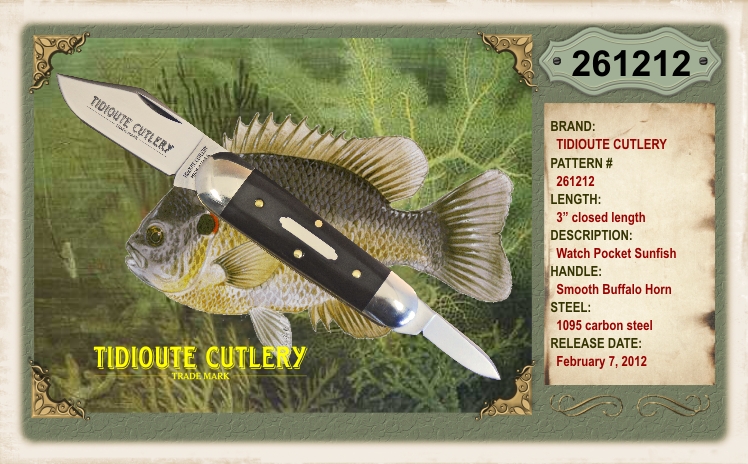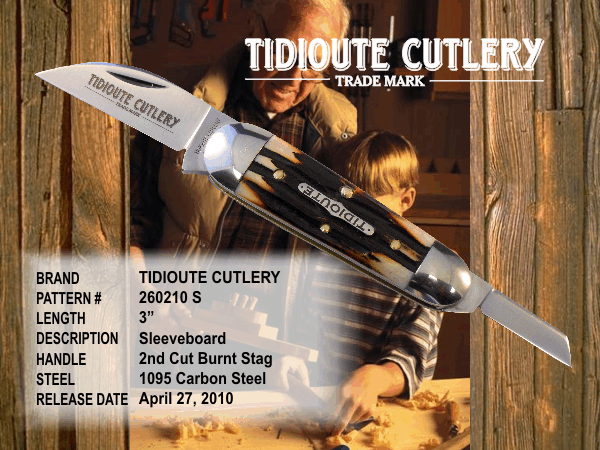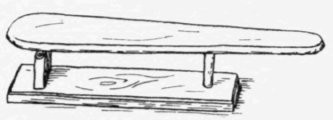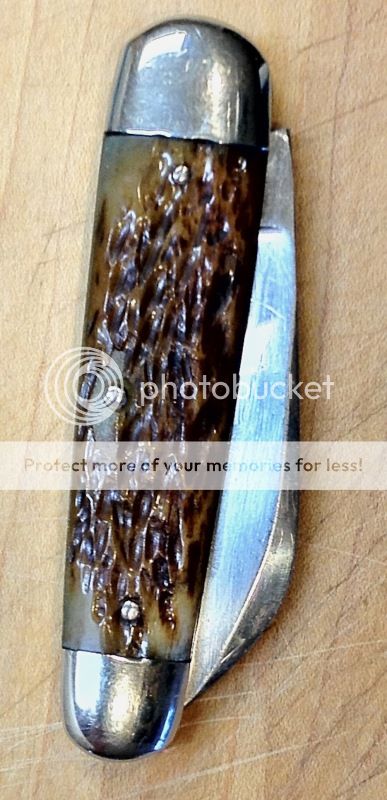- Joined
- Feb 1, 2012
- Messages
- 11,783
From a discussion of Queen's naming conventions:
Could someone please explain the difference between a Sunfish and a Sleeveboard?
I've noticed, for example, that GEC calls some of its #26s Sleeveboards, and others Pocket Sunfish, but don't know why.
Thanks!
~ P.

A Sleeveboard Sunfish Whittler (4 1/4" Queen frame)...wait a minute are you sure you don't want to include another pattern in the description.... a Sunfish is one pattern and a Sleeveboard is another...
Could someone please explain the difference between a Sunfish and a Sleeveboard?
I've noticed, for example, that GEC calls some of its #26s Sleeveboards, and others Pocket Sunfish, but don't know why.
Thanks!
~ P.










